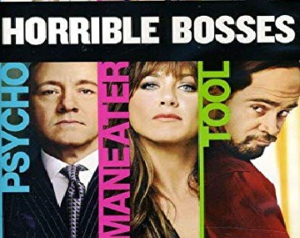
Before you hire someone, it is really important to evaluate what kind of boss you currently are and what kind of boss you would like to be. As an entrepreneur you probably possess natural leadership skills, but do not let this lull you into thinking that you know what you are doing when it comes to leading people. The average person spends 50% of their total awake time at work (assuming an 8-hour a night sleeping schedule). You as a business owner manage 50% of their day. Your goals are to get the most out of your employee to increase your bottom line. Their goals are to make money in a healthy environment that best utilizes their skill set while valuing them as a person. When these two goals cross paths, you have an efficient work environment. What are the ingredients for a healthy efficient workplace? Some of the obvious ones are:
- Job Descriptions – they know what they are supposed to do
- Training – they know how to do it
- Work Schedule – they know when to do it
- Feedback – they know how well they are doing
But, let’s talk about some of the intangibles that many budding business owners often forget:
- Environment
- Social Interaction
- Team Building
- Reward/Punishment Policies
Studies have shown the environment of your workplace is directly correlated to production. Color scheme, comfort, layout, even temperature all contribute to the level of productivity in the work
environment. There have even been studies correlating employers who offer free food and drink at the workplace have higher employee satisfaction rates and even increased productivity.
How a company handles social interaction can also make or break a company. I’ve been in companies where the business owner held such a tight rein on their employees that they were not
allowed to talk outside of breaks and other companies have such a loose social policy that hardly any real work gets done.
A business whose people function as a team is a business that is making money. The goal of every organization is to get the members to cohesively act as a unit towards the goals of the
company just like a sports team. Getting everyone on the same page and ensuring a healthy team morale takes a lot of effort and forethought. Your typical harried small business owner will ignore
this very valuable ingredient until they bang their head on conflicts between coworkers or management.
Policies and procedures that clearly communicate the expectations of the organization outside of the employee’s job description are vital to a thriving company’s infrastructure and include but are not limited to paid time off, behavior expectations when interacting with customers, co-workers and supervisors, consequences for not following expectations and grounds for termination.
While no business owner I know envisions having to deal with any of the hundreds of decisions involved in each of these four areas, a good leader will first be proactive about how they want
their organizational culture to look and then add employees that are compatible to the environment that they want to create.

